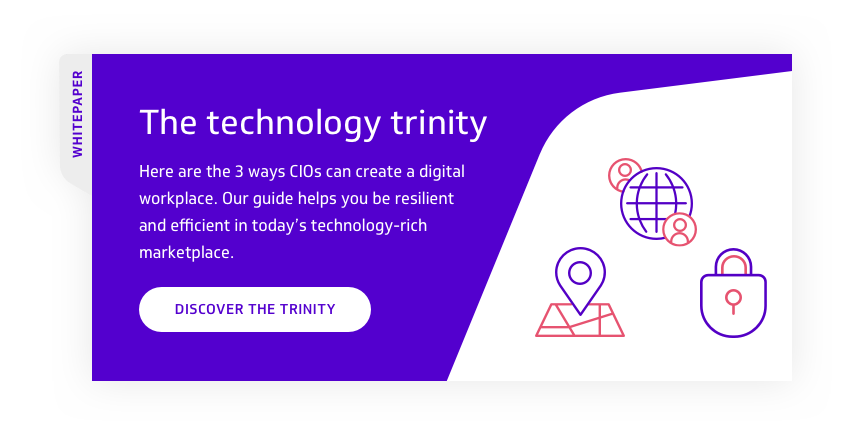It’s not a new acronym, indeed VoIP, entered the market over 15 years ago. The advent of Skype threw the doors open to everyone and entered the common vernacular, whether it was speaking to Auntie Joan in Australia or Uncle Amjad in Karachi. We could all of a sudden make calls for free without concerning ourselves with having to defer paying off the credit card bill for another month, due to the extreme cost of spending an hour on the phone to friends or relatives outside the UK.
The market creator
Skype based on peer-to-peer technology, where the voice is transported over the Internet, has had its limitations in respect of the call connection and voice quality. However, everyone came to terms very quickly with calls dropping and getting the ‘dalek’ voice because it was worth the ‘opportunity cost’ to users. Not only that, the fact you could see and hear your call recipient, drove Skype VoIP traffic exponentially as the communicating across the world for free appealed to broad sections of society.
Microsoft in 2011 saw the potential of this consumerisation of VoIP solutions. Witnessing the uptake within businesses worldwide, they bought Skype and have since gone through the motions of integrating Skype into their MS Office stack, now renamed Skype for Business.
The business market latches on
Alongside Skype, different VoIP phone systems have evolved, many of which are based on base IP-PBX technologies from Broadsoft or Asterisk, to cater to the unified communications market seeking to exploit the benefits of VoIP and collaboration. Those benefits are numerous, as explained in our blog Reasons to invest in unified communications.
The limitations addressed
But like Skype they share the same challenge, successfully getting the voice from user A in one office to user B in a separate office. Because unlike the consumer, the Managing Director of a business is far more interested in catching all the words from a customer, such as “we are willing to pay £10,000 per month for the next three years”. Essentially the uninterrupted conversation translates into sealing orders, saving money or making new investments, etc, etc. So the hitherto acceptance of poor voice quality by consumers is now being replaced by a willingness to pay for a ‘quality voice experience’ whilst still exploiting the benefits of VoIP solutions.
Connectivity choice
Thankfully today compared to 15 years ago, there are more connectivity choices for getting that voice to its destination. These extend from FTTC and GEA all the way through to EFM and Fibre Ethernet, with the recommendation that a synchronous and non-contended connection is always preferable for VoIP traffic. Despite the various local access connection choices, essentially the IT Manager/Director has a choice to make; public Internet or private network for the traffic once it reaches the PoP or Exchange. The ideal passage for the voice would be across a private network as opposed to negotiating the Internet.
However, not every business is willing to pay more for a private network particularly when they only have one or two sites. Deployments of VoIP solutions using a dedicated Internet access (DIA) circuit, based on either EFM or Fibre Ethernet with Quality of Service configured on the customer premises equipment (CPE), have proven successful at delivering ‘clean’ voice to the mid-market, whilst remaining affordable.
So to enjoy HD Voice (here’s an example) try getting your VoIP in the fast lane for business.
Subscribe to our newsletter
YOU MAY ALSO BE INTERESTED IN:




